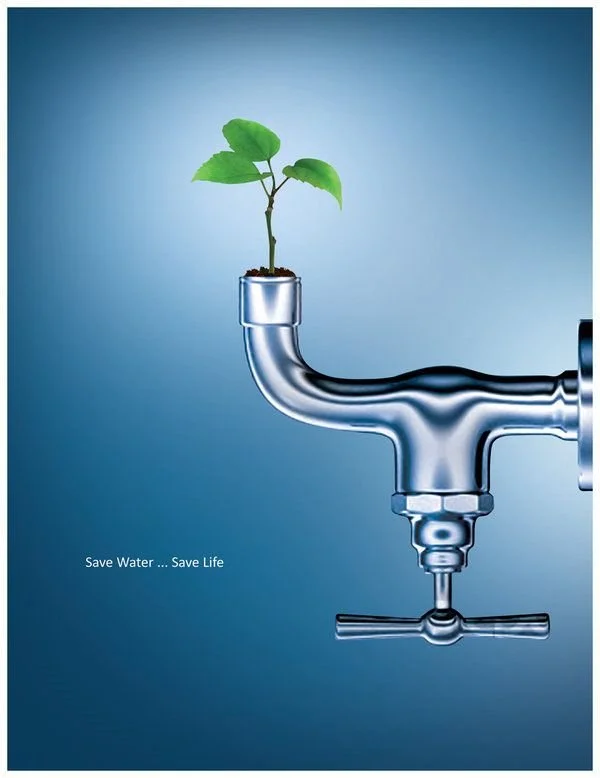Smart Home Tech That Pays for Itself
Firstly, your home doesn’t need to be fully automated to start saving money. Next, integrating small smart upgrades can significantly slash your bills. Then, the bonus: they often add resale value and convenience.
1. Smart Thermostats
Meanwhile, investing in a smart thermostat can cut energy costs significantly. Firstly, it learns your routine and adjusts heating or cooling accordingly. Then, you can manage your system remotely via phone. As a result, guard against unused HVAC waste—and prevent pricey issues like frozen pipes.
2. Water-Saving & Leak Detection Tools
Moreover, smart leak detectors and low-flow fixtures protect both your wallet and home. First, they alert you to leaks early, stopping damage before it gets expensive. Next, upgrading to efficient shower heads and faucets can reduce water use and utility costs. Furthermore, smart irrigation systems track weather to avoid overwatering moderation.
3. Energy-Efficient, Connected Appliances
Then, refurbishing old appliances with Energy Star–rated or smart-enabled models offers a path to savings. First, modern refrigerators, washers, and dryers consume far less energy. Next, some offer scheduling to run during off-peak hours. As a result, reduce electric bills without sacrificing convenience.
4. Smart Lighting & LED Bulbs
Meanwhile, replacing traditional bulbs with smart LEDs delivers value from day one. Firstly, LEDs cut energy usage dramatically and last much longer. Then, smart bulbs let you control lighting remotely, reducing waste and boosting safety. As a bonus, they enhance mood and home ambience.
5. Affordable Smart Plugs
Moreover, smart plugs charge a minimal upfront cost yet allow automated control of devices. First, they help eliminate phantom power drain. Next, scheduling lamps, fans, or space heaters means they run only when needed. Then, they make any old device “smart” at a fraction of the price.
6. Budget Home Security
Then, security upgrades can also save money indirectly. First, adding smart locks, doorbells, or cameras helps prevent theft and insurance costs. Next, packages left safely inside garages cut down on replacement expenses. As a result, you protect both your home and your budget.
7. Solar Energy & Backup Options
Furthermore, installing solar panels requires investment, but it offers long-term returns. First, modern systems pay for themselves in 7–8 years, with continued free electricity thereafter. Then, solar-powered backup devices keep essentials running during outages. In turn, you avoid food spoilage and costly disruptions.
8. Monitoring Your Usage
Meanwhile, smart home gadgets provide real-time usage data you can act on. First, smart meters, plugs, and hubs highlight wasteful trends. Next, apps suggest how to improve efficiency. As a result, you gain control over both energy bills and behavior.
9. DIY & Use What You Have
Moreover, creating a smarter home doesn’t mean spending more. First, leverage your existing devices—like smartphones or tablets—as control hubs. Then, pick one simple add-on, like a smart plug or LED bulb, before gradually expanding. As a result, you grow your system affordably and steadily.
10. Mind Bills & Daily Habits
First, mix tech upgrades with small behavioral tweaks. For example, set thermostats a few degrees lower or unplug devices when not in use. Then, use timers on lights or leave blinds open for natural warmth instead of heating. Furthermore, sealing drafts and updating insulation help your tech work even better.
🛠️ Putting It All Together: Budget-Smart Upgrade Plan
Start small—add a smart plug or bulb first.
Add a smart thermostat next to control heating/cooling costs.
Upgrade appliances gradually as they age.
Install leak detectors and irrigation systems for water-saving.
Explore solar panels as a longer-term investment.
Track energy use with plugs and apps.
Maintain habits that support your tech savings.
🧭 Why It Works
Ultimately, combining smart technology with good habits multiplies savings. First, efficiency tech targets utility usage directly. Next, linking devices lets you automate conservation easily. Then, real-time data informs smarter decisions. Meanwhile, gradual upgrades avoid large upfront costs. As a result, your home becomes more comfortable, more valuable, and kinder to both the environment and your wallet.
Final Word
In short, even modest smart-home changes can generate meaningful long-term savings. First, choose a few cost-effective technologies—LED bulbs, smart plugs, and thermostats. Next, pair them with small behavior shifts like sealing windows or adjusting routines. Then, watch your energy and water expenses shrink gradually.
Finally, consider solar or appliance upgrades as your budget grows. Moreover, building your smart ecosystem one piece at a time keeps both your wallet and your home happier.
With this approach, boosting your household budget starts at home—without breaking it.



